Adam Liaw's unauthorised guide to Japanese home cooking
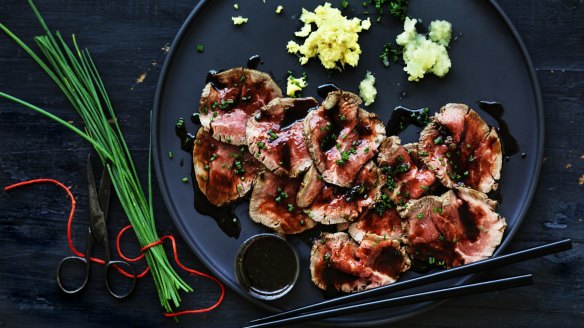
Has the Tokyo Olympics had you dreaming of sporting excellence and a Japanese holiday, only to have you come crashing back to the reality that you're unlikely to win gold in the pool, or even travel interstate, let alone overseas, any time in the foreseeable future?
Even a night out at a Japanese restaurant can run anywhere from hard to get, to downright illegal, depending on what state you live in.
Your best bet, my friends, is to bring Japanese cuisine into your own kitchen.
Let me start by saying that I didn't grow up eating Japanese food.
I probably only had sushi for the first time in my teens, so moving to Japan 20 years ago was a big learning curve for me.
Keep it simple. You don't need to add yuzu, edamame, pickled ginger and sesame seeds to make it more Japanese.
I've studied Japanese food for years now, and I think these days I do a pretty good job of it. The Japanese government even gave me an award for it a few years ago.
But this guide isn't a masterclass in the technique and elegance of Japanese cuisine. This is from the trenches and I'm fighting dirty.
If you want to make delicious Japanese food at home, and simply, this is how to do it. Classically trained Japanese chefs please look away now.
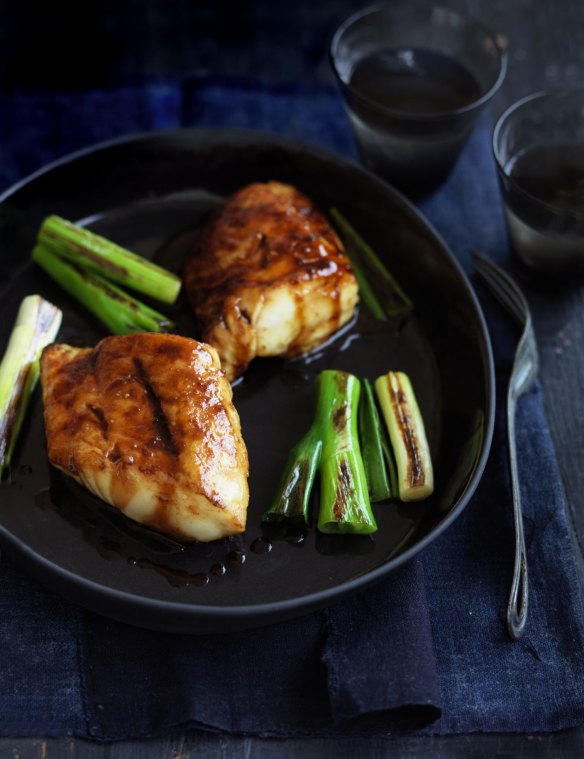
Teriyaki everything
Teriyaki isn't as popular in Japan as Australian-Japanese cuisine would have you believe, but that doesn't matter. What we call teriyaki in Australia comes under a number of different culinary umbrellas in Japan: teriyaki, tare (pronounced "tah-reh"), shogayaki (with ginger) and yuanyaki (with citrus). These are different seasonings in Japanese cooking, but for our purposes we'd treat them roughly the same – a sweet, soy-based marinade or glaze.
You won't find teriyaki sauce in most Japanese supermarkets. In Japanese homes it's usually made straight in the pan by adding soy sauce, sake, mirin and sugar to something that's frying. That said, I always make my own basic teriyaki sauce, because a lot of these food styles build off a base of those same four seasonings.
If you're not fussed with the minor variations in sweetness between say, teriyaki-style chicken and yuanyaki-style fish, it's a great shortcut. You can add ginger (common in Japan, especially for pork), garlic (less common in Japan), marinate meat in it for yakiniku, or try it with lighter seafood. It's a bottle full of cheats for all kinds of Japanese dishes.
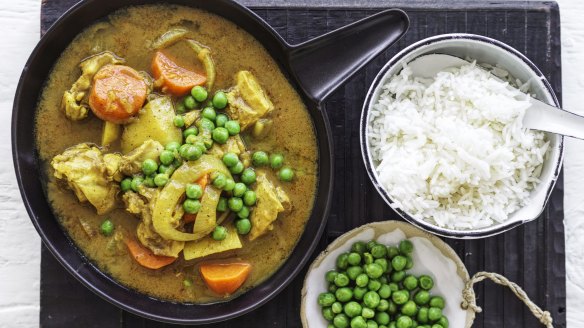
Try prepared sauces
While pre-made teriyaki sauce isn't common in Japan, many other prepared sauces and seasonings are. Blocks of curry roux for making Japanese-style curries, powdered or liquid dashi and bottles of concentrated tsuyu – a liquid seasoning for simmered dishes such as nimono and nikujaga (beef and potato stew; try my chicken version, chikujaga).
You can get these from Asian grocers and you shouldn't feel snobby about using them. They're staples in Japanese households and you're more likely to get a result that's closer to what you'd eat in Japan, than trying to make things from scratch right off the bat.
By the way, if you have a recipe that calls for dashi, a really simple cheat's version that is absolutely not authentic is to dilute a teaspoon of fish sauce in a cup or two of water. It works really well.
Use fewer ingredients
Our tendency when we're learning something new is to assume it's difficult, but please believe me when I tell you Japanese food is simple. The most common mistake people make when they're new to making Japanese food is trying to make it more complicated than it is.
Japanese cuisine uses very few spices or herbs. Instead it focuses on seasoning ingredients to accentuate the flavour of the ingredient itself. The most common preparation of seafood or meat in Japan is shioyaki – seasoned just with salt and then grilled.
If you grill a piece of salmon with salt, and then serve that with rice and pickles, and maybe some miso soup as well, that's Japanese food. You don't need to add yuzu, edamame, pickled ginger and sesame seeds to make it more Japanese.
Side dishes
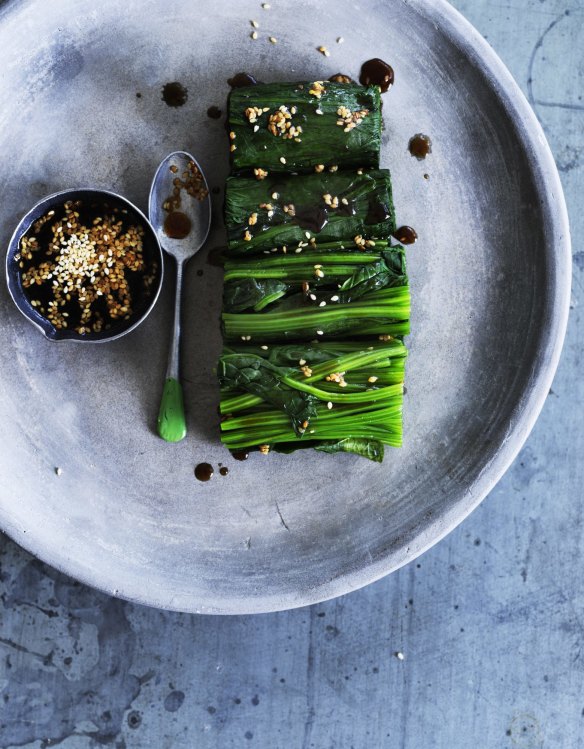
Japanese food has a lot of vegetable-focused dishes that we might call side dishes, but in Japanese cuisine you could argue that all dishes are side dishes. Conceptually, the main part of a standard Japanese meal is rice, soup and pickles, and any seafood, vegetable or meat dishes added to that are on the side.
Making more than one dish might seem labour-intensive, but it's quite the opposite. Small vegetable dishes such as spinach dressed with a little seasoned dashi or soy sauce (or this version with lemon, soy and sesame, pictured) can be eaten across multiple meals, making the preparation of a more "main" dish even simpler.
Home cooking v restaurants
When we experience any cuisine we didn't grow up eating at home, we're usually experiencing a restaurant version of it. Common home-cooked dishes such as nabe (a flavourful broth used to poach fresh ingredients) or nimono (simmered dishes similar to a light stew) are rarely seen in restaurants, but would be as common in Japanese home cooking as pasta is in Australia.
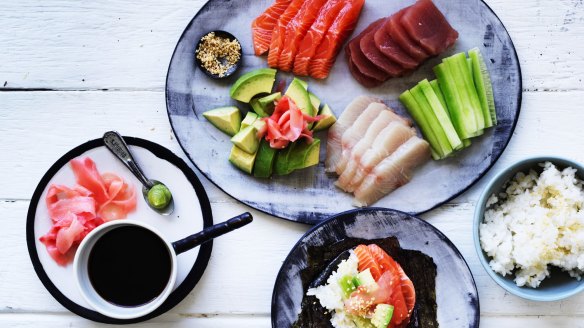
Authenticity
Don't fall into the authenticity trap when it comes to learning a new cuisine. Cook to suit your own palate using ingredients that are available to you, rather than trying to replicate food for a Japanese stranger.
A lot of the Japanese-inspired recipes that I write are adapted to suit the ingredients and tastes we have in Australia.
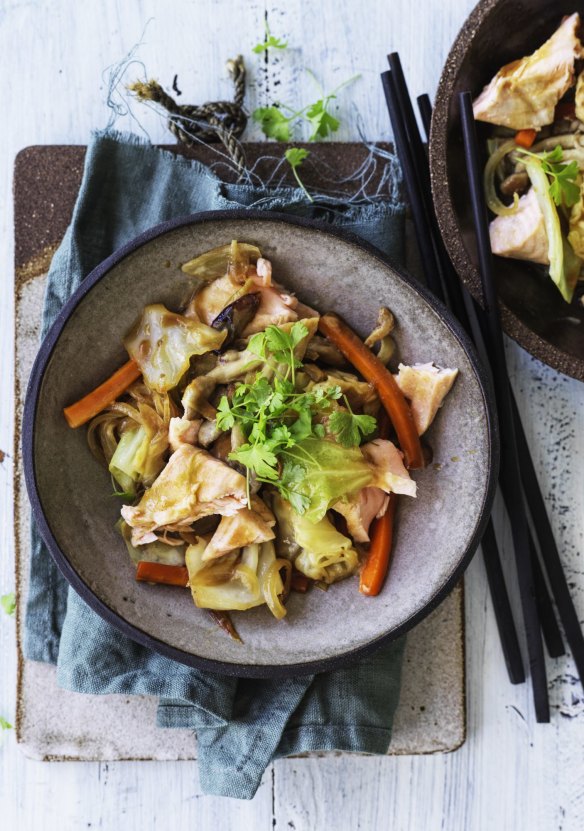
My big, clear vegetable soup is an adaptation of kenchinjiru, a vegetarian Japanese soup that often uses ingredients like konnyaku and burdock that are less common here.
These "sushi tacos" are a pretty close representation of temakizushi, a hand-rolled style of sushi that's a common family meal in Japan.
As your taste and proficiency with Japanese cuisine improves, you can chase authenticity if you prefer.
Other Japanese dishes of mine to try:
Appears in these collections
The best recipes from Australia's leading chefs straight to your inbox.
Sign up- More:
- How to
